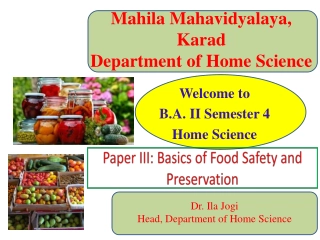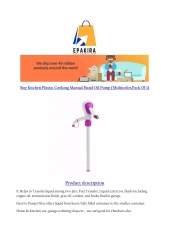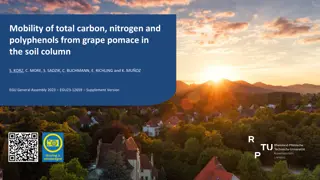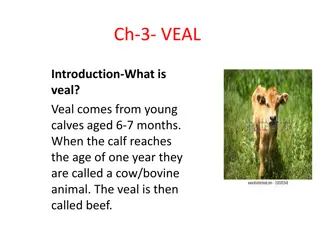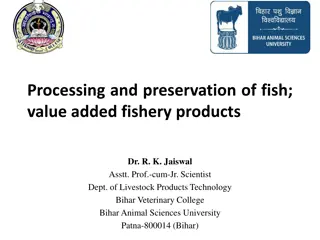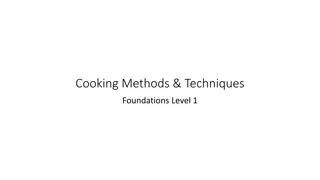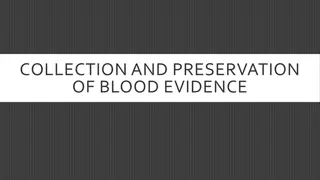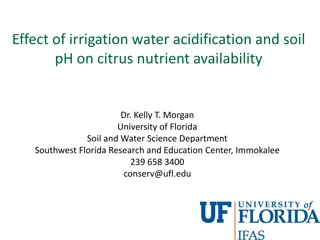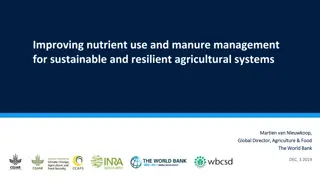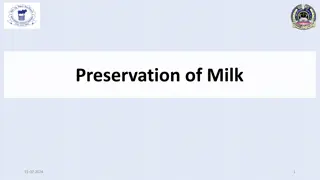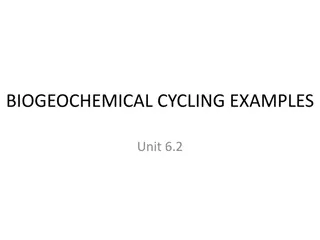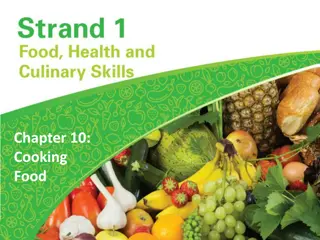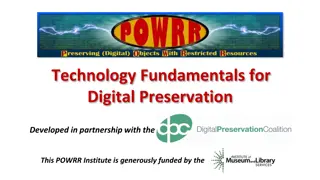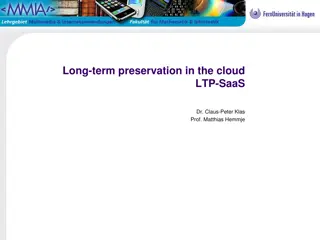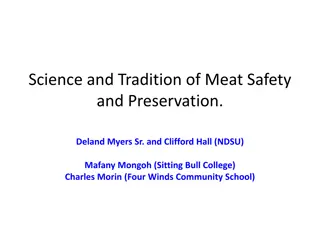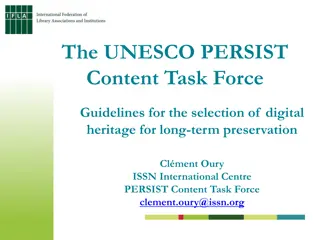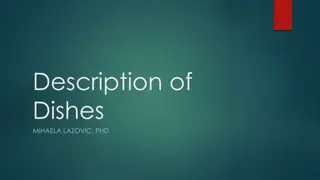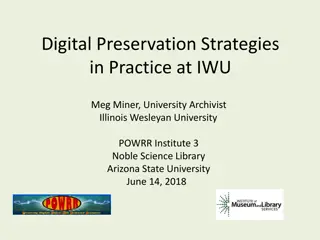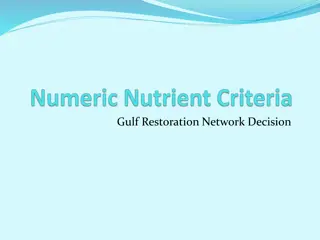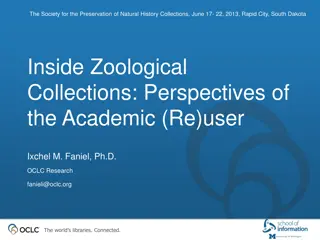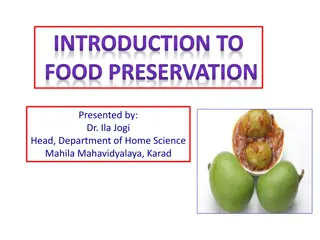Cooking Methods and Nutrient Preservation Guidelines
Understanding the principles, methods, and benefits of various cooking techniques such as boiling, stewing, steaming, and pressure cooking can help in preserving nutrients while enhancing flavors. It's essential to cook mindfully to promote healthy eating habits and optimal nutritional intake.
Download Presentation

Please find below an Image/Link to download the presentation.
The content on the website is provided AS IS for your information and personal use only. It may not be sold, licensed, or shared on other websites without obtaining consent from the author.If you encounter any issues during the download, it is possible that the publisher has removed the file from their server.
You are allowed to download the files provided on this website for personal or commercial use, subject to the condition that they are used lawfully. All files are the property of their respective owners.
The content on the website is provided AS IS for your information and personal use only. It may not be sold, licensed, or shared on other websites without obtaining consent from the author.
E N D
Presentation Transcript
COOKERY RULES AND PRESERVATION OF NUTRIENTS SABI THARAKAN
PRINCIPLES, METHODS OF COOKING AND SERVING 1. OBJECTIVES OF COOKING Cooking sterilizes food - safe for consumption Cooking softens the connective tissues of meat and coarse fibre of cereals, pulses and vegetables. Palatability and food quality is improved by cooking. Introduces variety. Increases food consumption. increases availability of nutrients
PRINCIPLES OF COOKING Embrace the new variety. Cook more often. Eat more whole food. Favor healthy fats. eat less meat more plants. Cook seasonally and when possible locally. Learn new cooking techniques. Buy the best ingredients you can afford. Cook and eat mindfully and responsibly
COOKING METHODS MOIST HEAT METHODS BOILING :- common method of cooking- food is cooked using lot of liquids. Eg: rice, roots. MERITS SIMPLE METHOD AND DOES NOT REQUIRE SPECIAL SKILLS. UNIFORM COOKING CAN BE ACHIEVED. DEMERITS Continuous excessive boiling leads to damage in texture and structure of food. Loss of heat-liable nutrients such as vitamins B and c.
STEWING Food is cooked with lot of liquids. MERITS Loss of nutrients is avoided as water used for cooking is not discarded. Flavor is retained. DEMERITS Time consuming and wastage of fuel. STEAMING MERITS- less chance of burning and scorching. Texture of food is better as it becomes light and fluffy cooking time is less and wastage of fuel is less. Less fat and are easily digestible-good for children, aged and therapeutic diet. Nutrient loss is minimized.
DEMERITS Steaming equipment is needed. limited to the preparation of some selected food. PRESSURE COOKING When steam under pressure is used, the method is known as pressure cooking and the instrument is known as pressure cooker. Merits-cooking time is less compared to other methods. Nutrient and flavor loss is minimized. Conserves fuel and time, as different items can be cooked at the same time. Less chance for burning and scorching Constant attention is not necessary.
DEMERITS Initial investment may not affordable to everybody. Knowledge of usage, care and maintenance of cooker is required to prevent accident. Careful watch on the cooking time is required to prevent overcooking. POACHING poaching is an incredibly versatile cooking method; just about everything from fruits to meat can be cooked in this way. poaching is merely simmering food in liquid. MERITS- No special equipment is needed Quick method of cooking and therefore saves fuel. Poached foods are easily digested, since no fat is added.
DEMERITS Poached food may not appeal to everybody as they are bland in taste. Food can get scorched, if water evaporates due to careless monitoring. water- soluble nutrients may be leached into the water. BLANCHING In meal preparation, it is often necessary only to peel off the skin of fruits and vegetables without making them tender. This can be achieved by blanching. In this method, food is dipped in boiling water for 5 second to 2 minutes depending on the texture of the food. This helps to remove the skin or peel without softening of food.
Merits Peels can easily removed to improve digestibility. Destroys enzymes that bring about spoilage. Texture can be maintained, while improving the colour and flavor of food. DEMERITS LOSS OF NUTRIENTS, IF COOKNG WATER IS DISCARDED.


